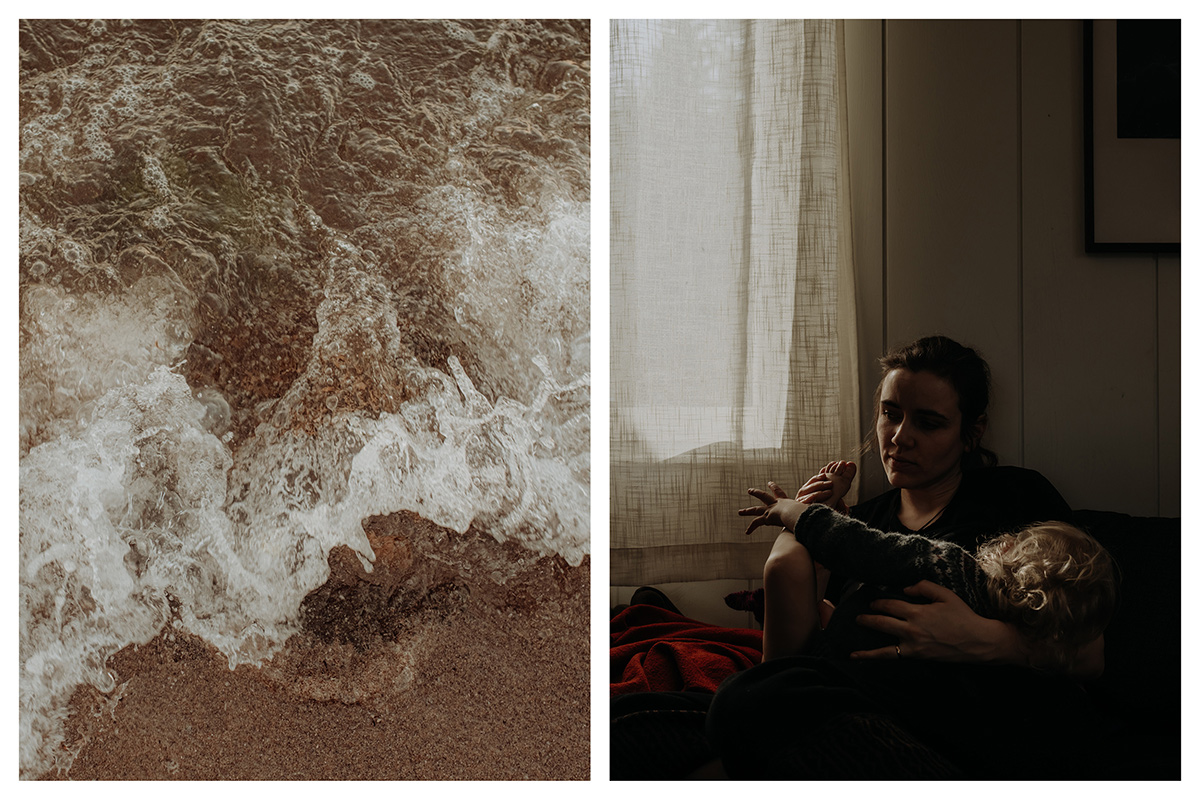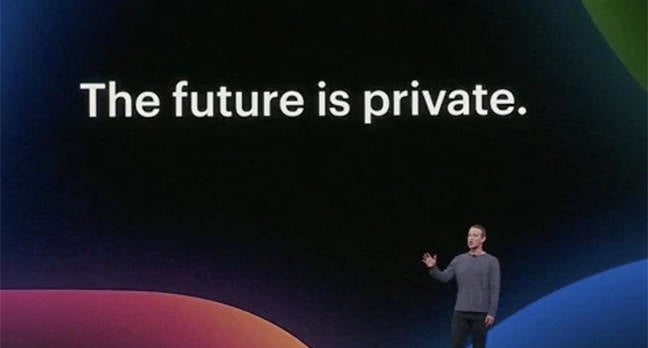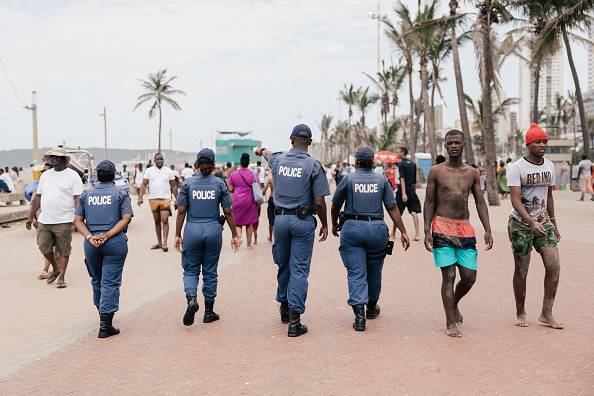Clearly, the choreographer Jamar Roberts had a feeling about what the world needed now: a lift, a boost, a jolt of hope. Who would disagree? It’s February, and the pandemic is still out there, faded but always looming. At New York City Ballet, Roberts translates the need for pleasure into a dance in which the jazz composer Wayne Shorter’s music drives a cast of eight — first in solos and duets, then in trios and, finally, as a collective — to achieve a state of abandon.
George Balanchine once said of dance and music: “If you see music simply as an accompaniment, then you don’t hear it. I occupy myself with how not to interfere with the music.”
In “Emanon — in Two Movements,” set to Shorter’s “Pegasus” and “Prometheus Unbound,” Roberts doesn’t exactly interfere with the music, though he doesn’t really reveal a different, dancerly side of it, either. Much of his new ballet brushes the notes at their surface. Part of that has to do with ballet’s sprightly tone — delight — in which dancers, often constricted to contained areas of the stage, dash off swift, articulate spurts of footwork.
Roberts, the resident choreographer at Alvin Ailey American Dance Theater — where he recently retired as a dancer — has spoken about Balanchine being an influence. But in “Emanon,” he seems to be paying respect to Ailey, for whom ballet was a force despite being known as a modern dance choreographer. You see it in Ailey’s dances, particularly in his joyful petit allegro, the small steps that make it seem that the feet, all on their own, are knitting an invisible sweater. It’s the best part of ballet.
In “Emanon,” part of a program in which all the choreographers have roots in modern or contemporary dance rather than ballet, the stage can feel strangely empty. Even as the dancers spin and soar, they sometimes strain to appear carefree. But while the music has many moods, the dance — aside from a standout solo for Jonathan Fahoury — coasts along in an atmosphere of euphoria.
It starts with a solo for Unity Phelan that has her unfurling her long legs and swinging a foot down emphatically as her curving arms — more flowing than ever — frame her lovely face. It’s a pretty, yet predictable introduction: Emily Kikta and Peter Walker run in and meet at the center. Next, Indiana Woodward takes over, her fleet feet crossing in the air. (The lighting and scenery, by Brandon Stirling Baker, make the back of stage look letterboxed, with the bottom portion illuminated.)
Gradually, with an underlying insistence, Roberts’s ballet begins to grow on you. The elegant, compact Jovani Furlan is a courtly partner to Emma Von Enck. He’s a superlative partner in general, as his recent debut in Balanchine’s “La Valse” made clear: He looks at the person he is dancing with, and that connection, in “Emanon,” gives the steps an otherworldly sweep as though the pair were gliding on ice.
The air changes as Fahoury, with understated intensity, walks across the stage decisively, making a sharp right turn to land at center stage, where he contorts in and out of sinewy shapes that make his supple shoulders melt as his torso bows and bends. With whipping changes of direction, his arms form strict geometric shapes at odds with the rest of his body, which seems, somehow, to want to evaporate.
In this ballet, Fahoury is something from the real world: a plaintive, mournful hero, and the counterpart to another dancer, Anthony Huxley, whose lively, pristine dancing leans into the pleasure of catching the air and changing it, once again, into a place of balletic delight. His universe is ballet.
“Emanon” is uneven; the men’s dancing is more challenging, more expansive than the women’s. That makes sense — dancing in or choreographing for the pointe shoe is not part of Roberts’s lineage. But the work also lacks structural variety: Picture a diagonal line with two women dotting the ends, performing basic pointe-work, and a man dancing his heart out in the middle. The ballet would have seemed less skeletal with more bodies, especially in the end — a group unison passage that starts out as a choreographic sprint but soon starts to seem, in a good way, like a marathon.
Here, the cast wears Jermaine Terry’s costumes in shades of lavender — dresses with pleated skirts rising just above the knee and unitards for the men that reminded me of tuxedo T-shirts — giving them the look of a wedding party. Driving their bodies past the point of exhaustion, they suddenly turn to face us, penetratingly still. Roberts may have more experience in modern dance than in ballet, but what he understands is dancing, and that’s what “Emanon” — “no name” spelled backward — is about. It’s not about words, but feelings.
What was unusual about the City Ballet program was that Roberts’s work and a portion of Kyle Abraham’s “The Runaway” (2018) were performed to recorded music. Only the middle work, Pam Tanowitz’s “Bartók Ballet” (2019) featured live music, performed by the FLUX Quartet. For its return to to the stage, “Bartók” was different in big and subtle ways.
A movement of the music, Bartók’s String Quartet No. 5, has been cut, which moves the dance along faster. Part of me felt it was still overlong. But the cast of 10, shimmering in bronze and gold leotards by Reid Bartelme and Harriet Jung, is more comfortable in Tanowitz’s sometimes uncomfortable movement. It is now a community where the dancers — rounding their backs, stomping the floor with their pointe shoes, even slapping their thighs — roam the stage like floating fragments of fairy dust. But roam, they do. Tanowitz’s steps were the most unusual of the night, full of invention and wit, yet in “Bartók” it’s hard to know where they lead.
Kyle Abraham’s “The Runaway,” set to music by Nico Muhly, Kanye West, Jay-Z and James Blake, has always struck me as more of an event than a cohesive dance — with, certainly, a remarkable couple of solos for Taylor Stanley and an overlooked gem for Roman Mejia. It’s still what it ever was: A runway show of sound and costumes, courtesy of the designer Giles Deacon.
Abraham, Roberts and Tanowitz are serious dance artists, but here, for different reasons, they are out of their depth. Still, being able to watch their experiments in one night, even with their lapses and failures, was some kind of progress — for the choreographers, for the dancers, for the company. In the past, City Ballet relied on the dreck of contemporary ballet for new choreography. We can’t return to that; here, at least none of the dances resembled the others. But how do you make ballet modern with choreographers, however talented, unused to the scale and history of Balanchine’s stage?
And, yet, by bringing them into the fold, something at City Ballet has changed: When was there ever a program with the choreography of a woman and two Black men? And when did that seem, well, just sort of normal? That felt good.





















Discussion about this post